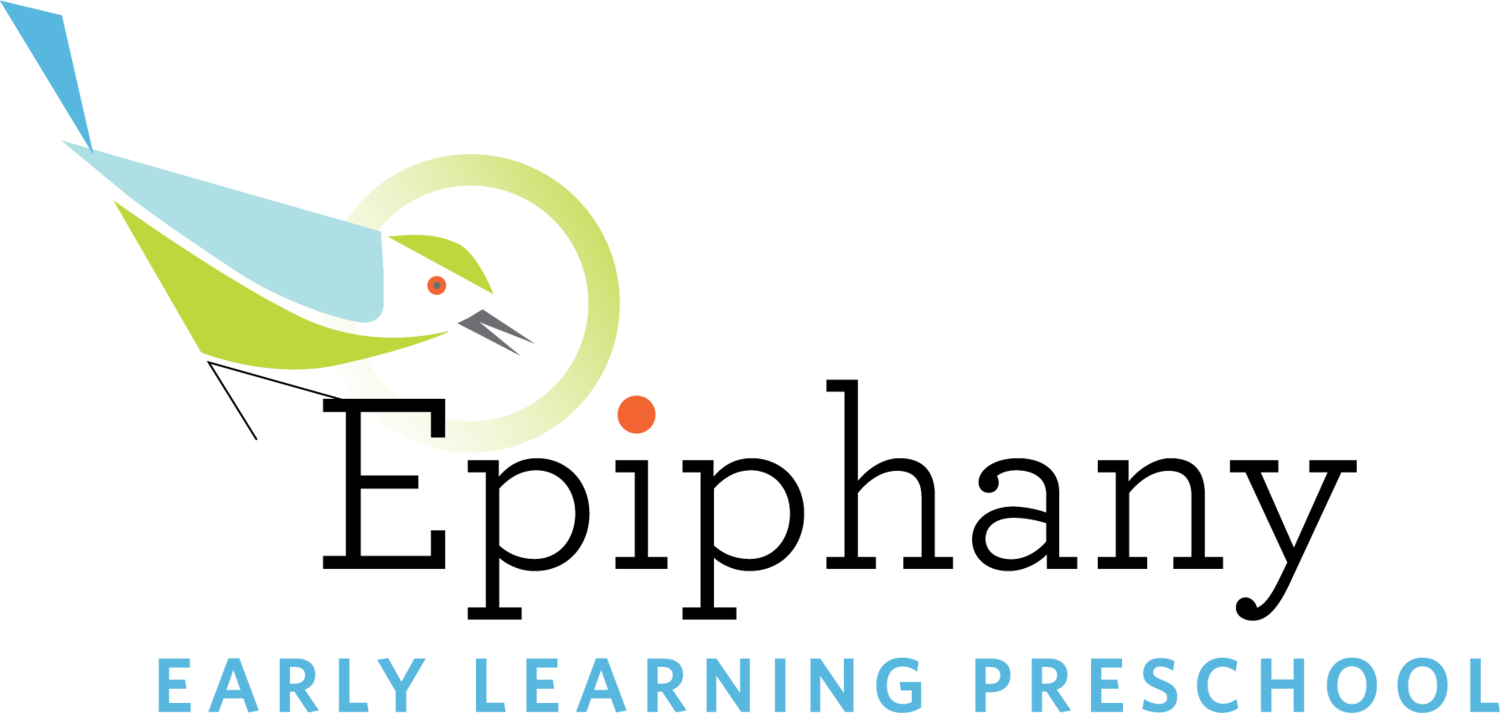Reggio Emilia Program
Our curriculum is shaped by our commitment to emergent curriculum and anti-bias practices, and by the proven ideas and experiences of the schools in Reggio Emilia, Italy.
Epiphany Early Learning Preschool is modeled after the preschools of Reggio Emilia Italy. The Reggio Schools were founded shortly after WWII by Loris Malaguzzi and are acknowledged as among the finest systems of early childhood education in the world.
The “Reggio Emilia Approach” (Edwards, Forman and Gandini, 1993) is rich and complex, but there are a few key elements that can be said to form the foundation of this philosophy.
The first is an image of the child as strong, competent, and an active participant in creating his or her own educational experience. Next is the role of the teacher as researcher, nurturer, a valued professional, and a partner-in-learning with the child. There is an attention to the physical environment, both aesthetically and organizationally, so that the classroom can become the “third teacher” by encouraging creativity, curiosity and independence.
There is great emphasis on transparency on many levels, which is perhaps best materialized in the use of documentation of the children’s work to reflect the thinking of both the children and their teachers. This documentation is used for self reflection as well as communication with families.
The Reggio approach demonstrates that learning is deepest when it happens in relationship, between children and materials, children and their peers, and children and teachers. Finally there is acknowledgment that the child’s family is the “first teacher” and that the only way to provide a meaningful educational experience is for the teacher and the child’s family to be partners in learning.



